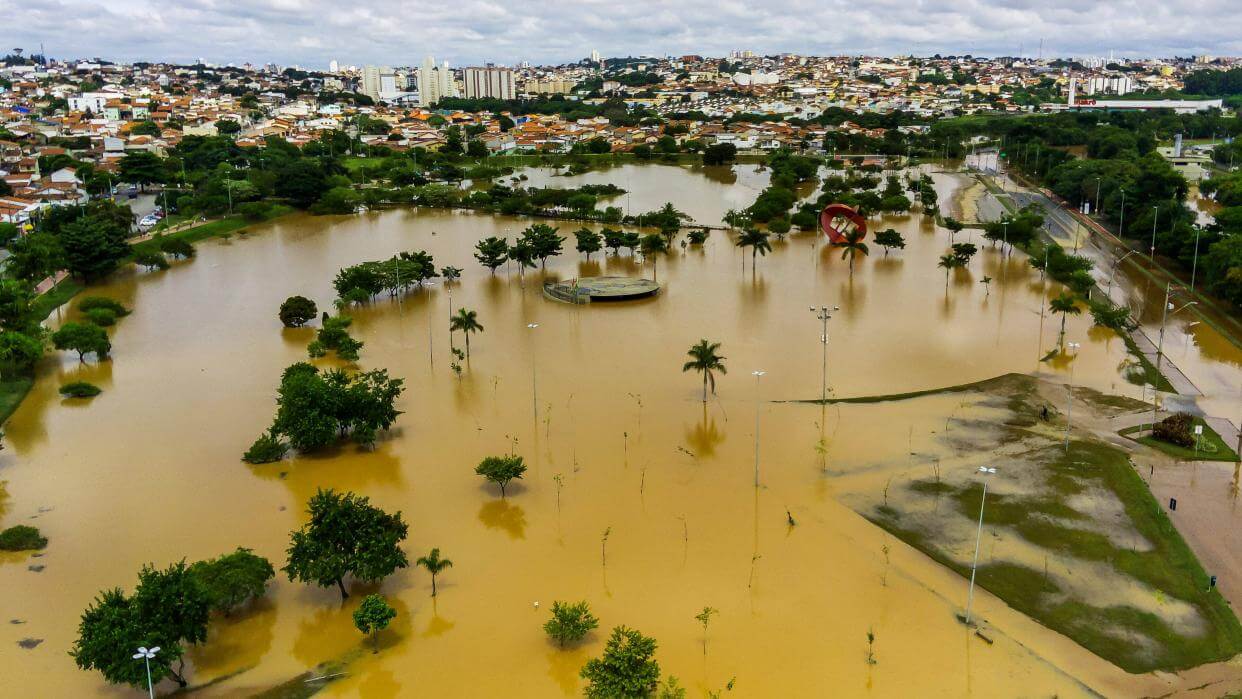Cities are complex machines—layers of infrastructure, transportation, communication, and commerce stacked on top of each other like a game of Jenga. But when disaster strikes, it doesn't take much to knock it all down.
We've seen it before.
We'll see it again.
Whether it's a storm, civil unrest, terrorist strike, cyber attack, infrastructure collapse, or pandemic lockdown, urban disasters don't knock politely. Sometimes they hit like a freight train. Other times, they creep in quietly until suddenly, everything is off the rails.
Will you panic—or will you be ready?
The Urban Disaster Playbook: What It Looks Like
Urban disasters tend to fall into two categories:
Urban Disaster Categories
🚨 Fast and Furious:
- Riots, bombings, flash floods
- Violent protests
- Infrastructure failure
⏳ Slow and Squeezing:
- Pandemics
- Supply chain collapse
- Creeping authoritarian controls
And sometimes, it's both.
That's why you need a calm, layered response plan that works across all types of chaos—without waiting for someone else to save you.
Bug-In Done Right
For most urban dwellers, bugging in—staying put—is the most realistic first move.
Done right, this is the best use of your shelter-in-place strategy. But success depends on two things:
- What you have ready now
- What you don't have to go out and find later
Every trip into the streets during a crisis is a gamble. Crowds turn fast. Stores go empty. Desperation spreads. The more you have stored, the less you expose yourself to that chaos.
Your Core Needs Never Change
The type of disaster may shift, but your needs don't. In every situation, you'll need:
The Urban Survival Essentials
- Food – Store it. Rotate it. Learn how to cook it without power.
- Water – Keep it clean, stored, and purifiable.
- Shelter – Make your home secure and insulated.
- Medical Aid – First aid kits, OTC meds, and basic knowledge.
- Communication – Stay aware, stay informed, stay grounded.
- Security – Know how to protect yourself, your family, and your supplies.
- Proper Gear – Power banks, radios, masks (for smoke or bio hazards), filters.
- Mindset – Rational over reactive. Trained beats terrified.
Communication isn't just a luxury—it's a psychological lifeline. When you're informed, you think clearly. When you're connected, you act smart. Use text groups, radios, and trusted news sources to stay ahead of the curve. Don't go dark.
If You Have to Leave, Leave Smart
Sometimes bugging in stops being an option.
When that time comes, you shouldn't be scrambling.
Smart Evacuation Planning
- Know where you're going.
- Know how you'll get there (and 2 backup routes).
- Know what you'll need to bring—and how long it must last.
- Know who is waiting for you (or who's coming with you).
This isn't a spontaneous road trip. It's a calculated escape.
Build a MAG—Don't Go It Alone
Urban survival isn't a solo sport.
That's where your MAG—Mutual Aid Group—comes in.
Start small. A neighbor, a friend, a coworker who "gets it." Build from there.
Every skilled member you add—medical, mechanical, tactical, logistical—multiplies your capability.
The lone wolf fantasy might sell books.
But real survival? It's a team effort.
Final Word: Plan Without Panic
If you wait until the city erupts, the shelves are bare, or the checkpoints go up—you've waited too long.
Prepare without panic before panic becomes your only plan.
Because in an urban disaster, it's not just the event that's dangerous.
It's the slow unraveling of society afterward that does the most harm.
The Ready Nation exists to make sure you're not caught off guard.
To help you stay self-reliant, self-sufficient, and self-sustaining—no matter what blows through your streets.
Your city won't save you. But your preparation might.
Train now. Build your MAG. And when chaos comes knocking, let it find you calm, ready, and standing tall.

